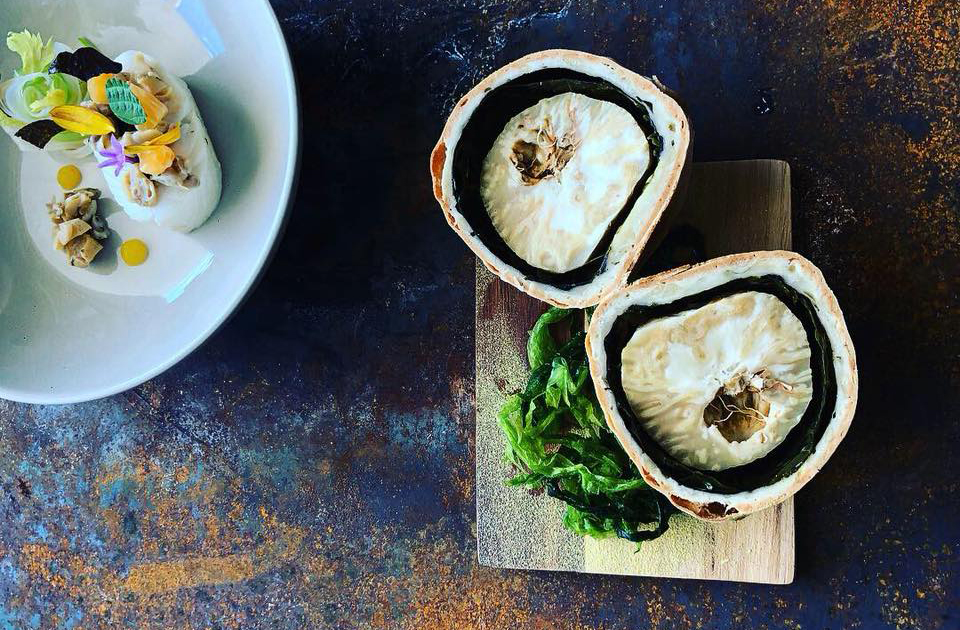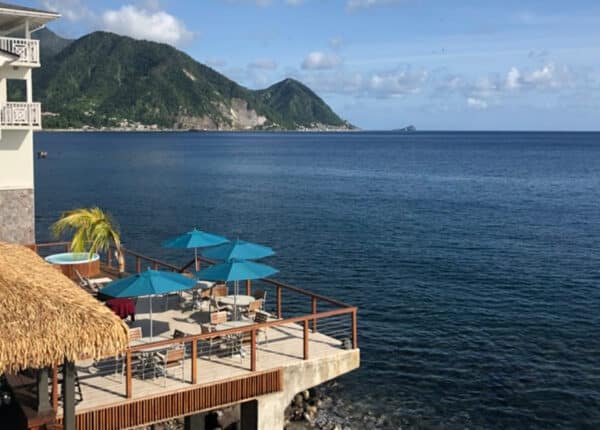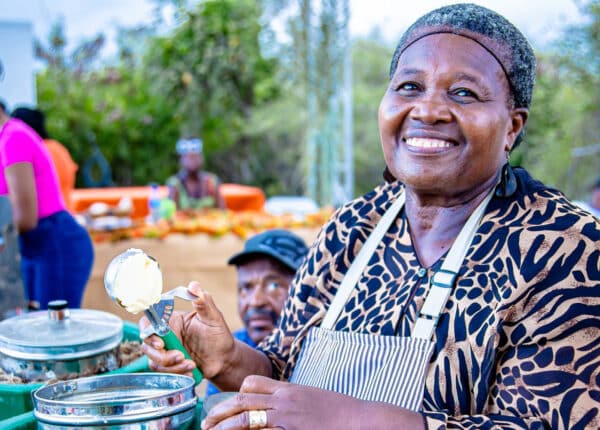Why Martinique is the Culinary Capital of the Caribbean
By Alexander Britell and Guy Britton
WE’RE SOMEWHERE near Saint-Esprit, stopped on the side of the road at Willy Poul’, a poulet boucane-focused food truck.
The chicken is superb, with a resplendent garlic curry sauce, and it makes me think about that too-often-thrown-around term: the culinary capital of the Caribbean.
Every island says it’s the one, touting the number of restaurants, the celebrated chefs or just the mere fact of, well, saying it.
But what’s the real one? What is the culinary capital of the Caribbean?

Willy Poul;, on the outskirts of Saint Esprit.
For years, it was Grand Case, Saint Martin, a culinary Mecca temporarily derailed by Irma, and, while it’s making an impressive comeback, we’ll remove it for consideration for now.
So what is it? Where is it?
And how does one even define the term?
Is it simply having a large number of restaurants? Or having a large collection of top restaurants?
Sure, many islands have that trio or quartet of famous food havens, or the celebrity chef-driven tables.
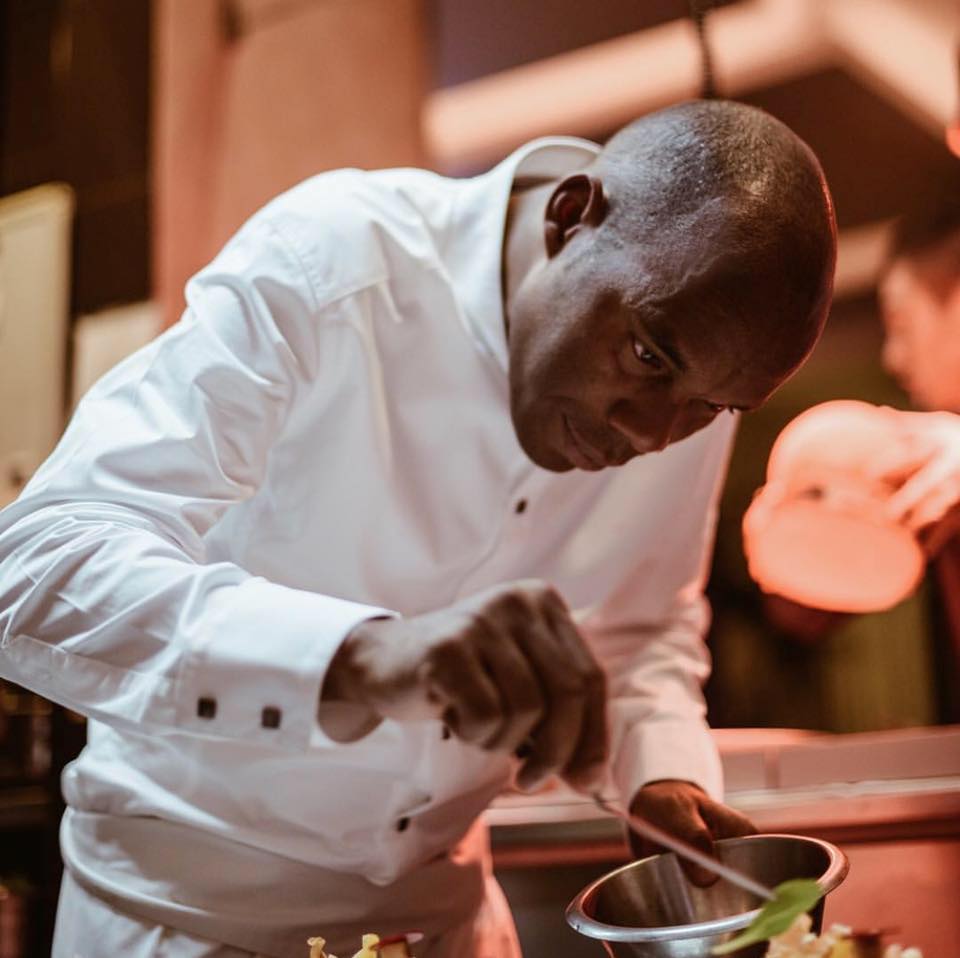
The Michelin-starred Marcel Ravin is behind La Table de Marcel in downtown Fort de France.
Many islands call themselves the CulInary Capital, for precisely these reasons.
But is that the best standard? How do you define a culinary capital?
We’ve been coming to Martinique for a long time – since the very beginnings of Caribbean Journal.
And year after year the food here continues to amaze us.
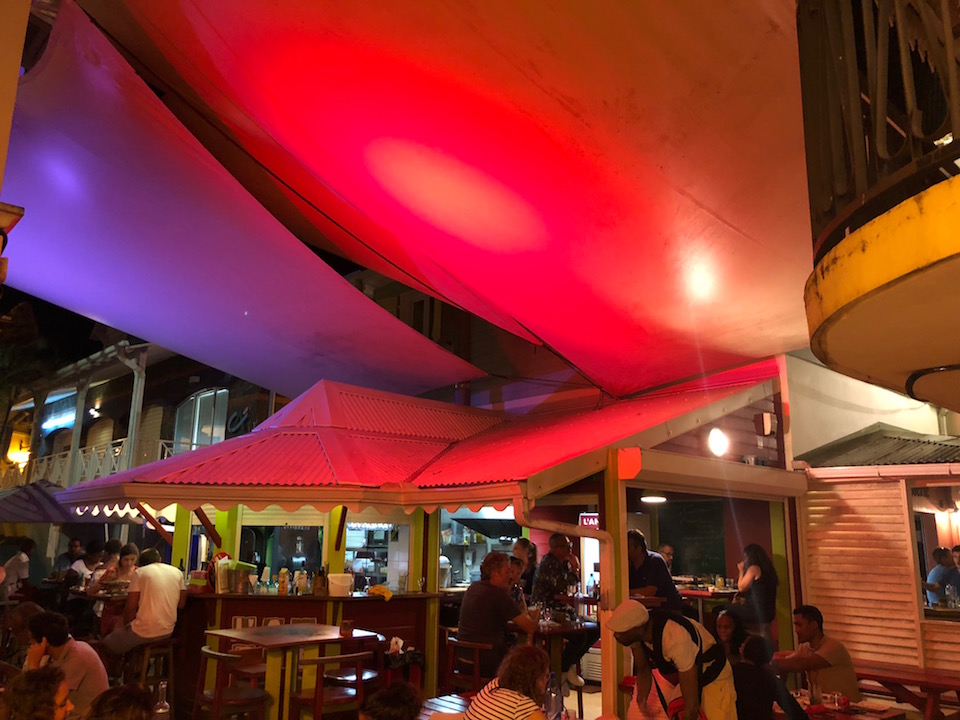
You can’t go a block without finding an exceptional meal.
Yes, the high-end spots are here, from the eponymous spots by Jean-Charles Bredas and Marcel Ravin, with the sort of locally inspired, Michelin-quality food we all crave.
But what about the local spots? What about the street food?
Here, yes, the local spots are innumerable — the little cafes, the “snacks,” the aforementioned poulet boucane (Martinique’s signature smoked chicken) corners on the side of the road.
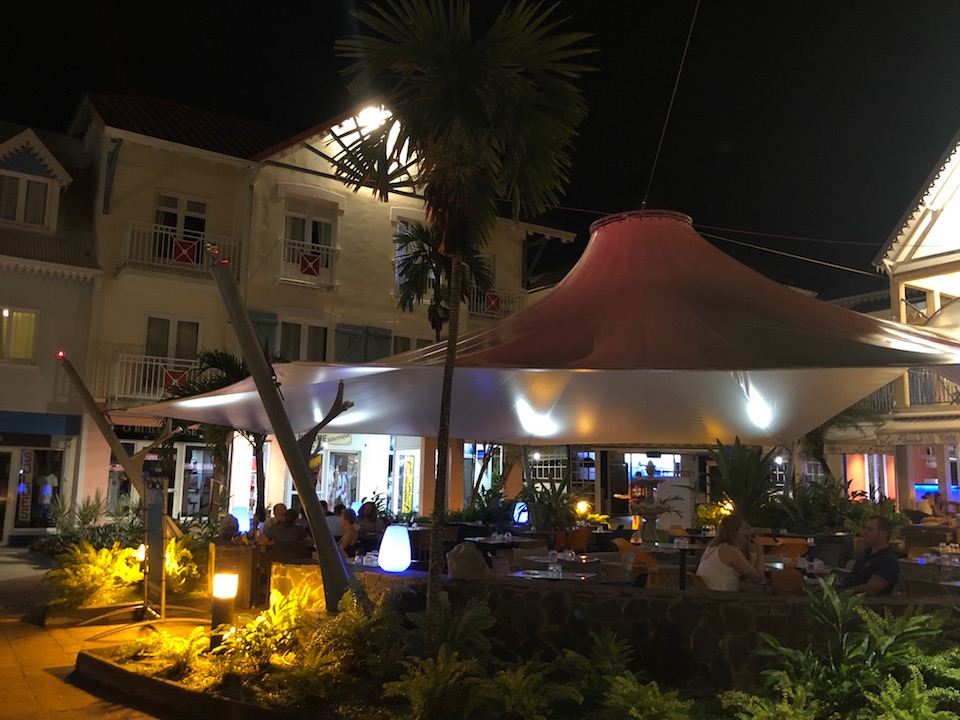
Eateries like La Pause in Trois-Ilets are numerous on the island: affordable, relaxed and delicious.
But the local food, while never abandoning its roots, is also constantly evolving, finding new manifestations.
What about the restaurants themselves?
Martinique has them, multitudes, but does them one better: beach restaurants. For every inland eatery, there’s a toes-in-the-sand restaurant with magnificent food.

Accras de morue, the island’s signature codfish fritters, are an essential start to any meal on the island.
Le Carbet’s Le Petibonum is the most famous, but there are dozens more, from north to south, from the fancy to the ultra casual.
And what about the sheer level of gastronomic quality?
The French food here is remarkable. The Martinican food is remarkable.
The fusion of the two is out of this world.
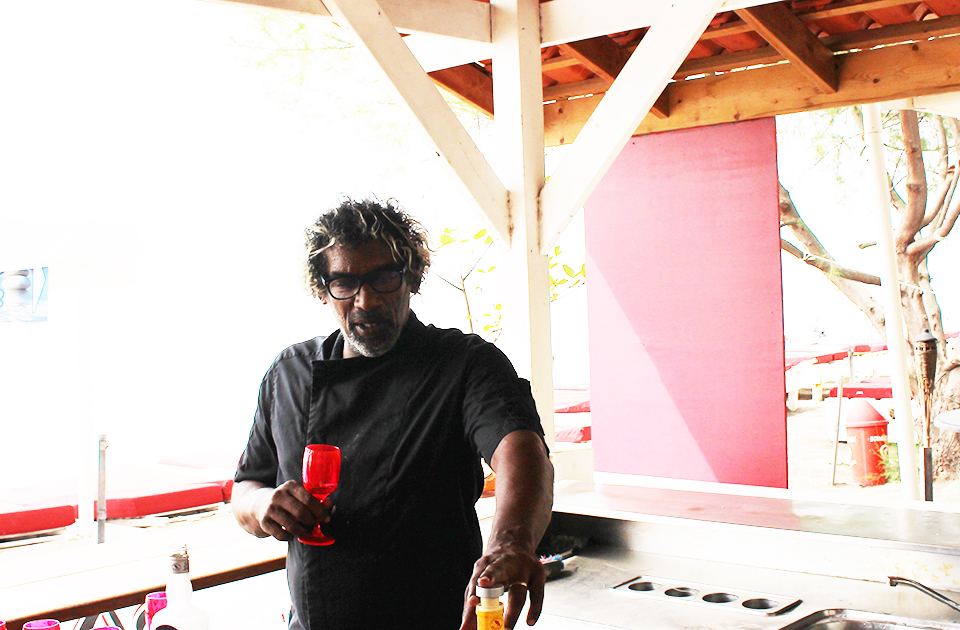
Chef Guy Ferdinand is behind Le Petibonum, the Caribbean’s greatest beach restaurant — and among its very best, period.
And then there are the markets, something all too often ignored when considering a destination’s culinary moxie — so important for the travelers who are staying in villas or Airbnbs, both among the best ways to experience Martinique, it should be said.
There are markets like the ones you get in mainland France, all manner of cheese, unparalleled wine and rhum offerings, fresh fish and beef and everything in between. (On the rhum count, it should be noted, that it does not hurt its culinary credentials to have the most impressive lineup of artisanal rum making companies in the world concentrated on a single island.)
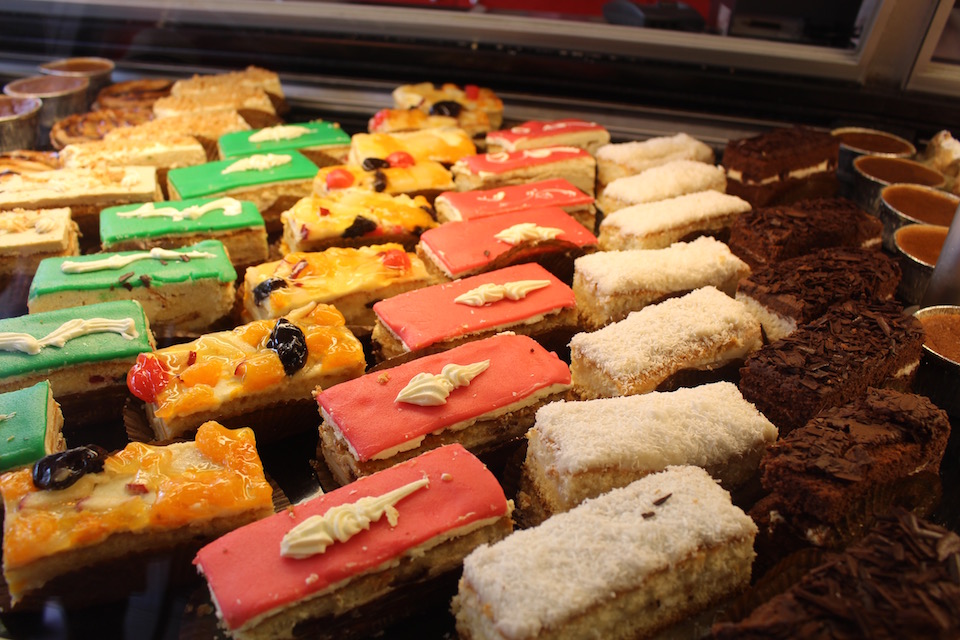
Did we mention the scores of bakeries?
It all adds up to a culinary offering unmatched in the Caribbean both in size and scope.
In short, good food is a way of life here.
But there is another standard we consider so important.
The question: can you have a bad meal on this island?
And the answer, resoundingly, is no.
At least, in nearly a decade of traveling here — we haven’t had one yet.
And that’s the strongest endorsement of all.
— CJ

